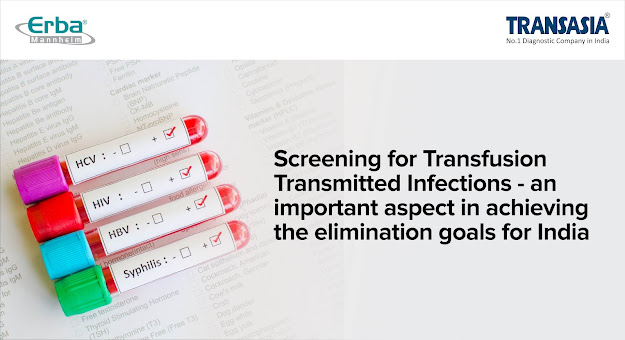The diagnostic industry continues to stride ahead with AI technology

The COVID-19 pandemic has triggered a rapid implementation of new technologies in the diagnostic industry. With an increasing number of tests creating a burden on pathologists, digitization has helped enhance clinical lab workflow. A TV commercial for a famous brand of a ceiling fan shows the fan obeying the command of two young children when they instruct it to be put on/off. And let’s not forget our assistants Alexa and Siri who follow each order to the ‘T’! Have you recently watched a crime thriller on Netflix? Wait…you now have a whole list of recommendations based on your past selection! By now, most people have experienced AI in some capacity or the other… be it a watch powered by AI, a food ordering app or an air conditioner! Of all the industries it has cast its magical spell on so far, AI is transforming the healthcare industry like never before. According to a published report, the market for Al/ML will reach USD 52 bn in 2024 from USD 29 bn in 2019. The implementation o



